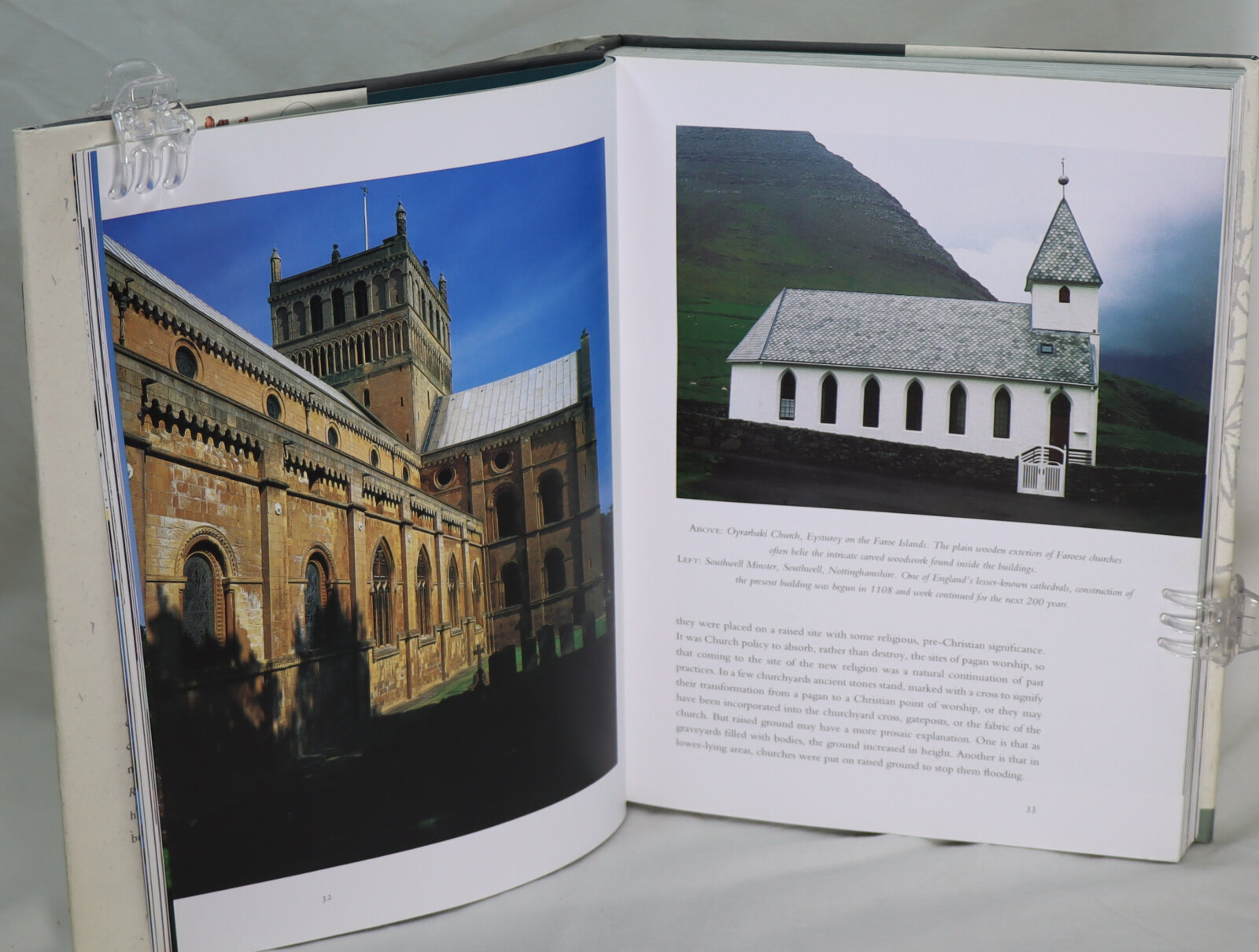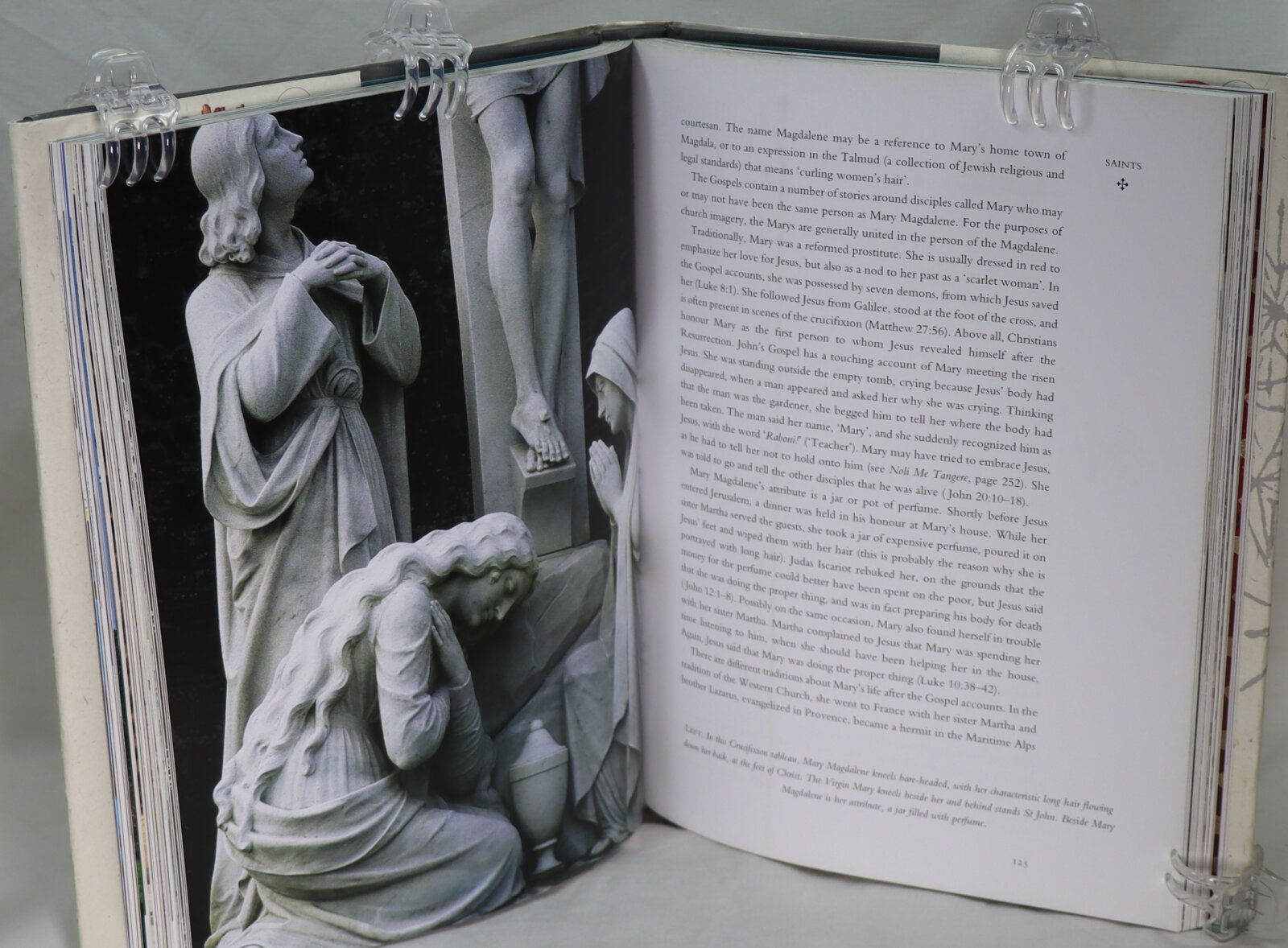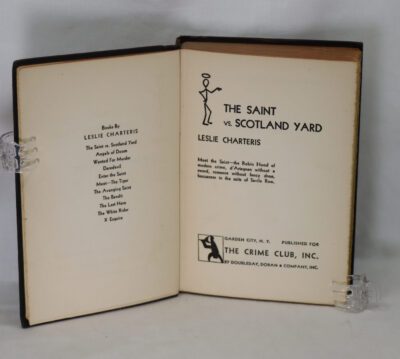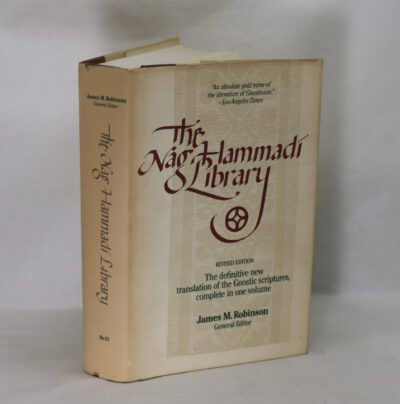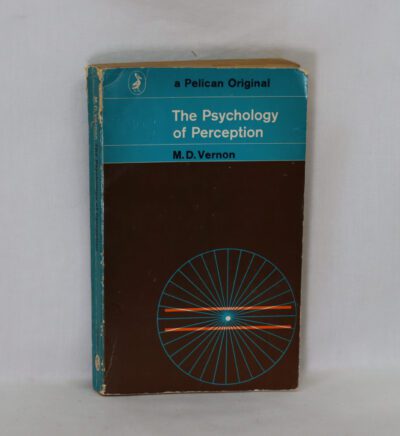How to Read a Church.
By Richard Taylor
ISBN: 9781844132386
Printed: 2004
Publisher: Rider. London
| Dimensions | 20 × 26 × 3 cm |
|---|---|
| Language |
Language: English
Size (cminches): 20 x 26 x 3
Condition: Fine (See explanation of ratings)
Your items
Item information
Description
In the original dustsheet. Grey cloth binding with silver title on the spine.
-
F.B.A. provides an in-depth photographic presentation of this item to stimulate your feeling and touch. More traditional book descriptions are immediately available.
‘[a] gem of a book’ Spectator
Churches and cathedrals were originally built to be read. They are alive with images and symbols. But today few people, including regular visitors, truly understand the wealth of meaning in what they find there. How to Read a Church is a fascinating guide for anybody who wants to know more about what they see in a church or cathedral. It explains the significance of church layout, the symbolism of key scenes and the importance of details such as the use of colours and letters. It is an essential guide to the history, meanings and messages of these beautiful buildings and the treasures they contain.
Reviews:
-
I enjoyed reading this book and will refer to it often in the future. One of my pleasures is to visit cathedrals and churches to appreciate the architecture, the history and place in the community – but I had little detailed knowledge. This book covers a wide variety of topics, some of which are: the orientation of the church; types of halos (5 are well illustrated using clear line drawings); the masons designs of gargoyles; the roles of Jesus, Mary and the Saints (as a non practicing Christian this was very useful); it even has a descriptive drawings of the vestments of bishops and priests (and how many of you know what a Rochet or an Alb is, and who wears it). The writing style is informative and economical – no wasted words, but the ideas and knowledge are conveyed well. This book is a bargain – buy it.
-
If you’ve ever been into a church and wondered what things are, and why they are placed where they are, then this is the book for you. Recommended as part of my theological training but very readable book that would be of general interest to anyone. Pleased to have discovered it.
-
The author goes into detail about details of churches, but doesn’t mention the obvious. That is: the characteristic Christian symbols incorporated in the architecture itself. Thus: cathedrals were built in the shape of a cross, representing Christ’s cross on Calvary, which is why the crossing of the two axes, though perpendicular to each other, is not at the centre of the main east-west axis. The main longitudinal axis of cathedrals and churches was always east-west, so that both the building and the congregation face east, to Jerusalem. The altar is placed at the east end, not quite at the very end, but where Jesus’ head would lie on the cross. The spires point towards heaven.
Want to know more about this item?
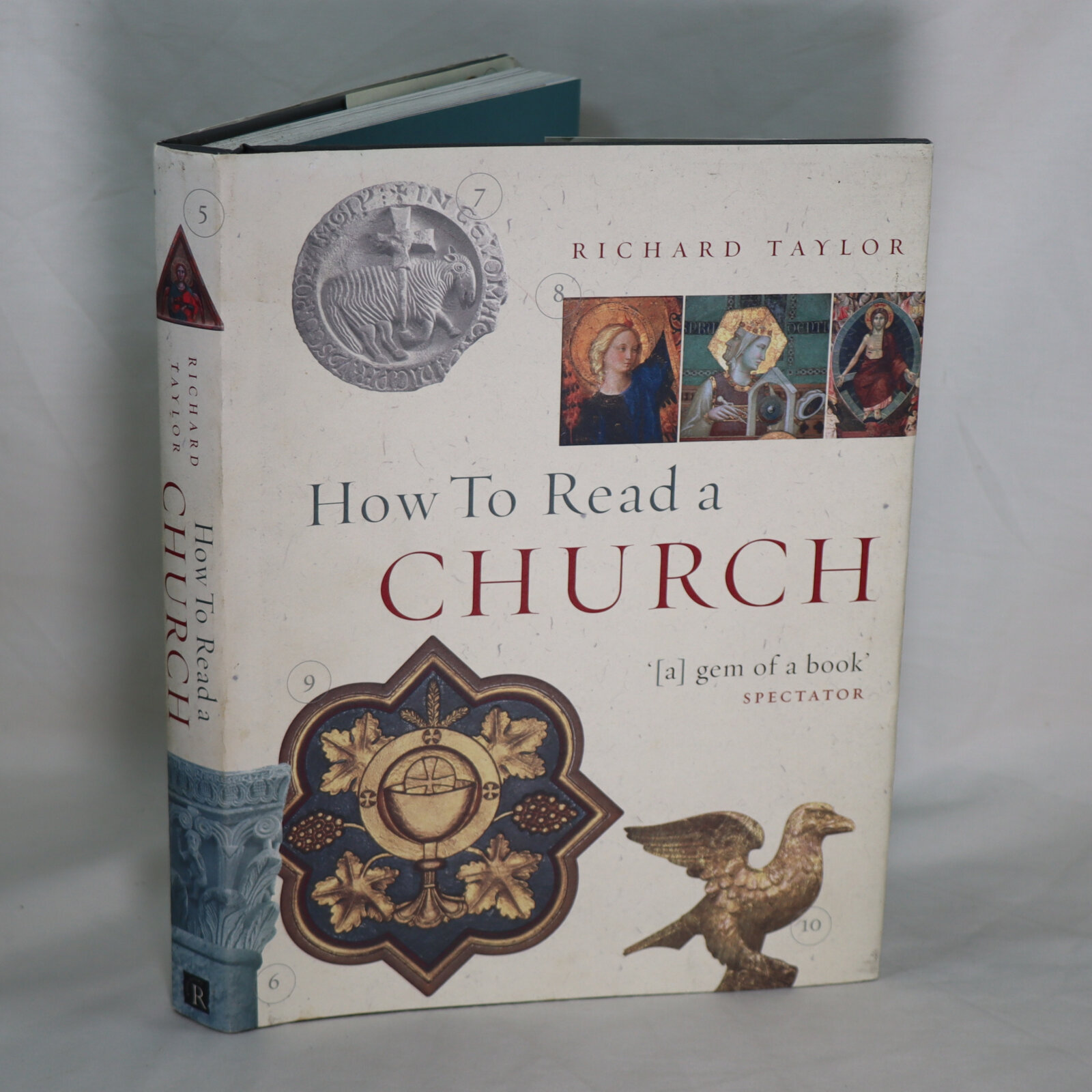
Share this Page with a friend

